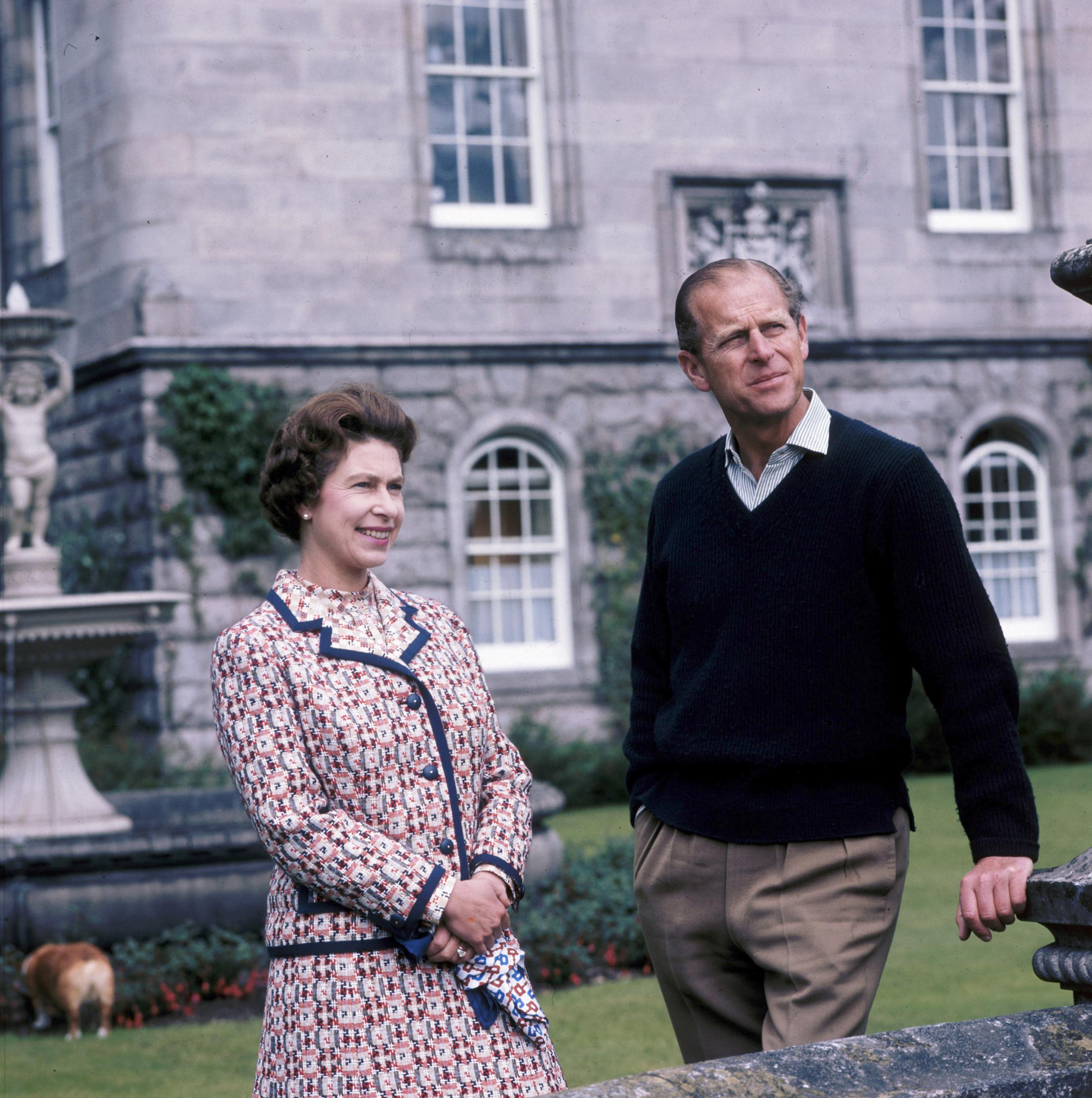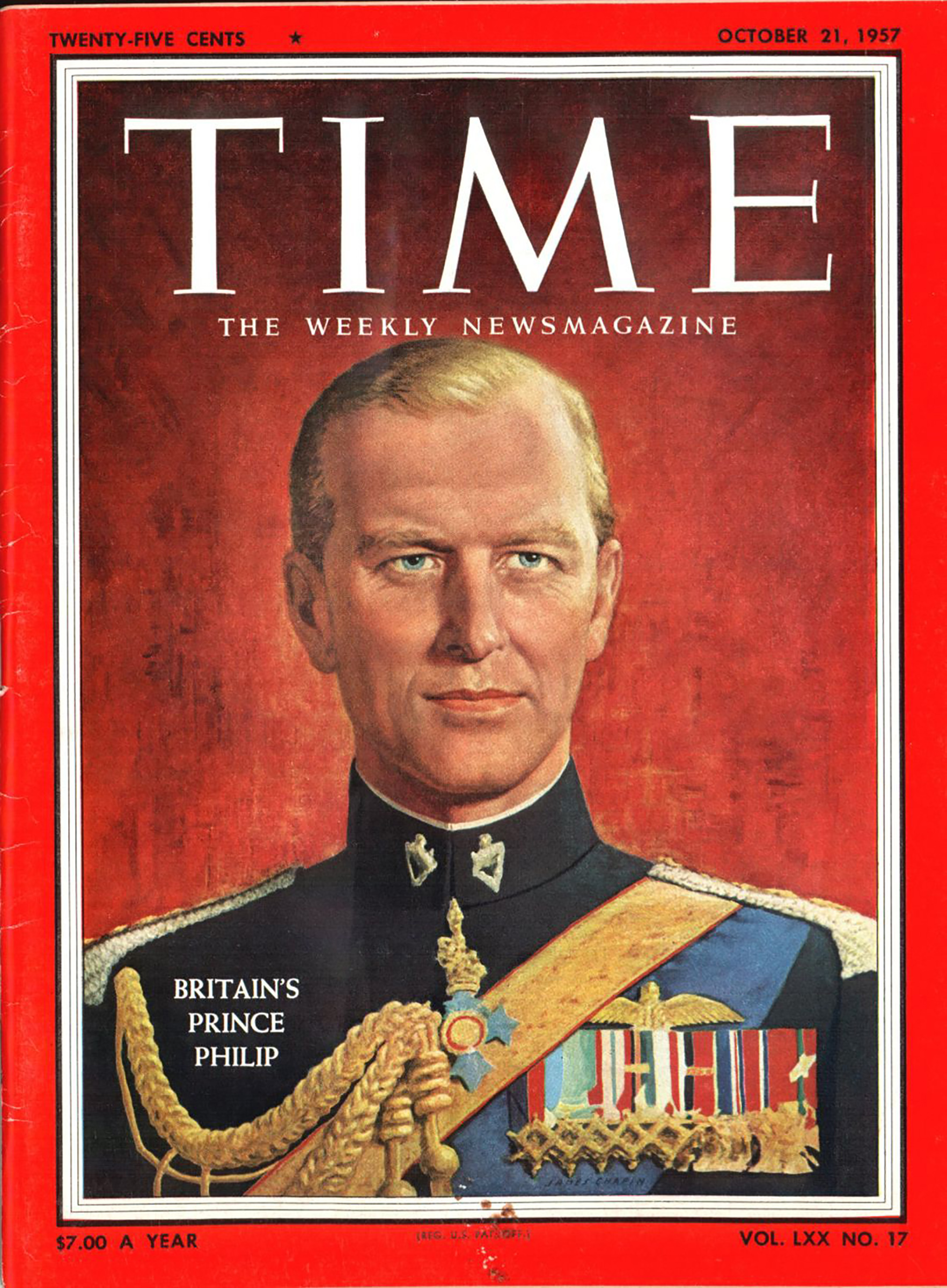Prince Philip, who died Friday at the age of 99, fulfilled his royal duties alongside his wife, Queen Elizabeth II, over the course of seven decades. During that time he redefined the strange role to which he had not been born but for which, it sometimes seemed, he was just the right fit.
He was not the first Queen’s Consort in British history—Queen Victoria’s Prince Albert will likely remain the most famous for centuries to come, thanks for example to the museum that jointly bears their names. But, in a century in which the British monarchy faced a modernity that did not always accord easily with its traditions, he helped his Queen and wife become the monarch who defined a new era for her nation.

Much of the credit for that role, TIME posited in a 1957 cover story about the First Gentleman of the Realm (one of his several titles), could go to Philip’s unusual background for someone in his position. Though not Greek by lineage or upbringing, he was the only son of the brother of the King of Greece, a descendant of the Danish royal house and, more distantly, of Queen Victoria. Brought up in Paris and at English schools, he was “a relatively impoverished princeling,” as TIME put it, “[and] was reared like a commoner, has washed dishes, fired boilers, even played on a skittles team organized by the owner of a local pub.” (His outside-the-palace-walls youth would perhaps be reflected in later years, in what TIME once noted was a common occurrence he referred to as ” dontopedalogy—opening his mouth and putting his foot in it.”)
But it was only after he entered the Royal Naval College that his destiny became clear.
Get your history fix in one place: sign up for the weekly TIME History newsletter

TIME reported what happened next, in that 1957 cover story:
Tough instructors at Dartmouth went out of their way to prove the validity of Captain Bligh’s legendary dictum that “a midshipman is the lowest form of life in the British Navy.” But Phil the Greek (as he was sometimes called) weathered every storm. In two terms he received only one day’s punishment, and might well have avoided a second rude admonition had it not been for a young lady who came to call.
The young lady, a gawky girl of 13, was a distant cousin whose father had recently become King Emperor. A devastatingly handsome young man of 17, Philip could not be expected to show any great interest in her as a woman, but he could scarcely duck entertaining her. As an officer and a gentleman, he did his best to please by leaping lithely over a tennis net (“How good he is, Crawfie. How high he can jump!” cried Lilibet to her governess), and spicing the conversation on the royal yacht with salty —though not too salty—anecdotes. Elizabeth was entranced, but if Philip remembered anything special about the visit, it concerned the following morning when, back on duty and too’ sleepy to hop to at first call, he hit the deck with a resounding whack as a touchy petty officer slashed the cords on his hammock.
Soon Elizabeth was peppering her handsome cousin with letters. On the rare occasions when he would deign to reply, she would race to the nearest lavatory in search of the only guaranteed privacy available, bolt the door, and read her letter in ecstatic solitude. Philip went on to graduate (in 1939) from the Naval College at the top of his class and to win a coveted prize as the best all-round midshipman. Thirteen months later he handled a searchlight battery so alertly in a point-blank naval engagement between British and Italians that he earned a mention in dispatches.
Good-looking young naval officers are seldom left long to twiddle their thumbs in loneliness ashore, and it is certain that Philip was no exception. “He was adorable,” says one of the dozens of young Australian girls Philip met when he was executive officer of the destroyer Whelp on duty in the South Pacific. “We were all absolutely crazy about him.” But it is equally certain that, during the same period, Philip’s manly face, adorned with a full foliage of whiskers, was framed in silver in a prominent spot on Elizabeth’s dressing table back home. Back in England at war’s end, like many another Navy regular, Philip was put on shore duty. His small black M.G. with its green seats was soon setting new records for the 98-mile trip from Corsham, Wilts., to London, and between a bachelor’s gay rounds of West End’s nightspots, its destination was often Buckingham Palace.
…Despite Philip’s British background and his fine war record, George VI was deeply worried about how British opinion, particularly its left wing, would take to a Greek Prince as the husband of the heiress presumptive. There was also something about his daughter’s brash young man with his loud, boisterous laugh and his blunt, seagoing manners that irritated the gentle King. Besides, the fellow couldn’t shoot.There was many a tense moment for George as Elizabeth moped about in tearful martyrdom while her mother and grandmother, the doughty old Queen Mary, fought her battle for her. At last George decided that the young couple (she was 20, he 25) should wait six months to make sure of each other. Philip’s uncle, Lord Louis (now Earl) Mountbatten, who had hoped for the marriage all along, got busy at the King’s request, sounding out public opinion and smoothing the political path to romance. A public-opinion poll of the Sunday Pictorial soon showed 64% of its readers in favor of the marriage.
In July 1947, newly naturalized as plain British Lieut. Philip Mountbatten, the ex-Prince of Greece, a relatively poverty-stricken sailor with only one suit of civvies to his name, moved into Kensington Palace to await the ordeal of becoming a bridegroom. “That poor young navy officer,” moaned a royal valet, “he don’t even have no hairbrushes.”
Read the full story, here in the TIME Vault: The Queen’s Husband
More Must-Reads from TIME
- Cybersecurity Experts Are Sounding the Alarm on DOGE
- Meet the 2025 Women of the Year
- The Harsh Truth About Disability Inclusion
- Why Do More Young Adults Have Cancer?
- Colman Domingo Leads With Radical Love
- How to Get Better at Doing Things Alone
- Michelle Zauner Stares Down the Darkness
Write to Lily Rothman at lily.rothman@time.com